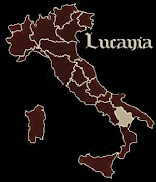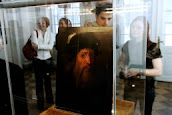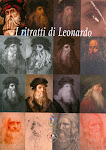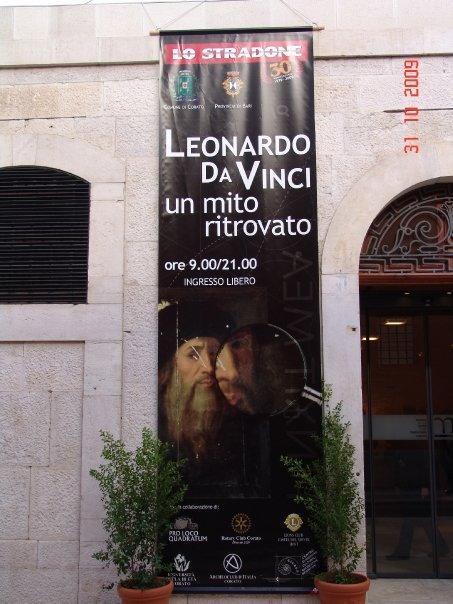

In the studies that Professor Orest Kormashv of the University of Tallinn is commencing, he was able to develop from the features of the Leonardo Da Vinci visage, a recreation by way of a 3-dimensional plastic model. He uses as a reference, the new Da Vinci painting found. And using a specific program, he worked with a profile designed by Francesco Melzi in 1510. Now the morphological parameters and the proportions of two visages could be compared in an objective way, for the obtainment of a precise geometric reproduction. A processing based on probability for a suitable structure permits accomplishment for judgement with a high degree of confidence, and this in turn, would affirm whether the visage was referring to the same person or not.
This study will provide for the first time, a valid base in which to formulate a shield which wouldn't be based on subjective evaluations any longer. Many scholars believe that the visage designed by Francesco Melzi was a portrayal of the face of the Maestro. With these two visages, that of Melzi and now the "portrait of Acerenza," results must prove they are both referring to the same person... it would be grieviating to continue thinking that all this could be just be an "idea" and idea only. The results foreseeing rigorous animation and documentation will be publicated exclusively on this site.
*
lo studio che il prof. Orest Kormashv dell'Università di Tallinn sta svolgendo sulla fisionomia del volto di Leonardo Da Vinci, consiste nella creazione di un plastico tridimensionale eseguito avendo come riferimento il dipinto ritrovato e una simulazione tridimensionale. eseguito con programma specifico, del profilo disegnato da Francesco Melzi nel 1510. I parametri morfologici e le proporzioni dei due volti possono in tal modo essere messi a confronto in modo obiettivo, ricavando rapporti geometrici precisi. Una elaborazione probabilistica delle congruenze morfologiche permetterà di ottenere una valutazione quantitativa del grado di fiducia per affermare se il volto si riferisce alla stessa persona o no.
Questo studio fornirà anche per la prima volta una valida base per formulare pareri che non siano più basati su valutazioni soggettive. Molti studiosi, ad esempio, ritengono che il volto disegnato dal Melzi sia una "idealizzazione2 del volto del Maestro. Se in due volti, quello del Melzi e quello del "ritratto di Acerenza" dovessero risultare riferiti alla stessa persona, sarà difficile continuare a pensare che si possa trattare di una idealizzazione. I risultati, che prevedono animazioni e documentazioni rigorose, saranno pubblicati su questo sito in esclusiva.













No comments:
Post a Comment